Fingered Citron Facts
- Fingered Citron serves as the unusual common name a fragrant variety of citrus fruit originally endemic to a rather restricted range in Asia.
- This visually rather distinctive plant remains famous for its incredible fragrance. In fact, many people in Japan and China often use it to perfume rooms and clothing
- The fruit also usually makes a rather good salad ingredient but it also makes a great garnish with foods such as fish as well. More things to do with it here
- Uniquely, unlike other citrus fruits, most varieties of the Fingered Citron fruit contain virtually no pulp or juice.
- Also, the peel makes great candy.
Related Articles
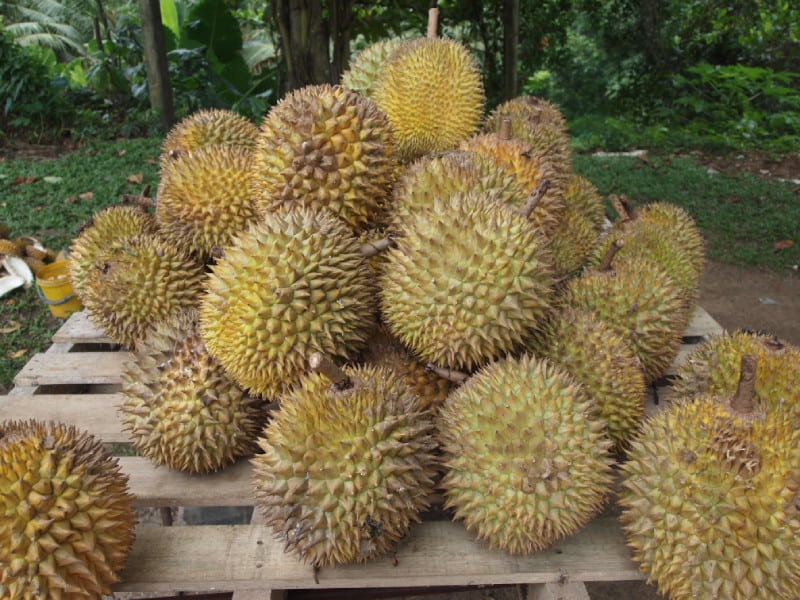
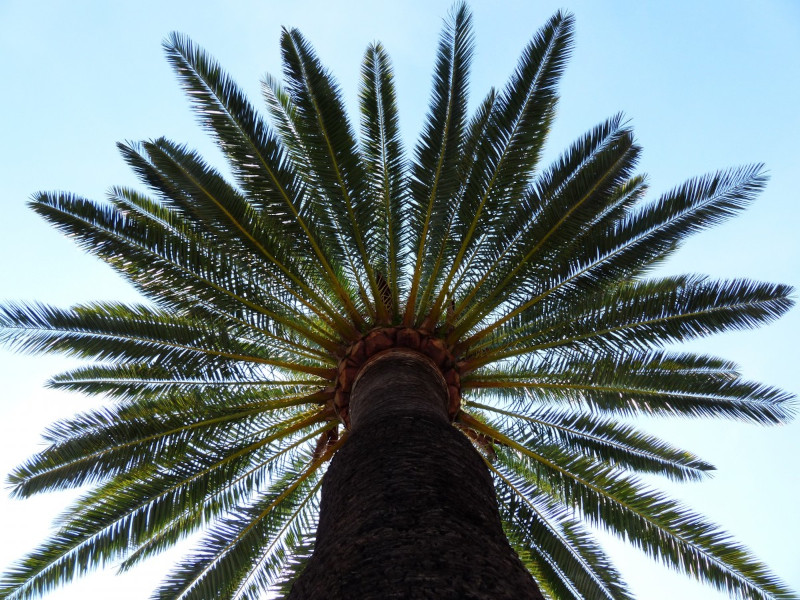
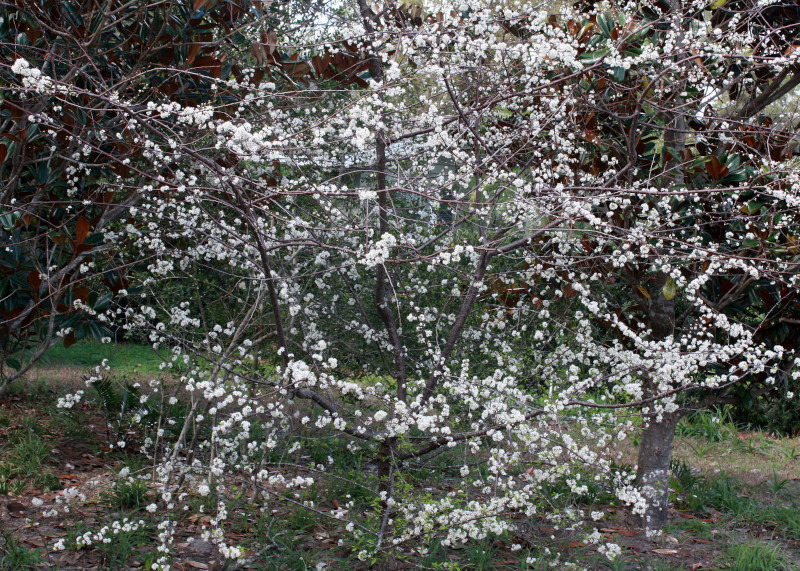
Fingered Citron Physical Description
The rather surprising Fingered Citron forms either a shrub or small tree of up to 5 ft (1.5 m) in height, with long and irregular branches which grow covered in thorns.
The bright yellow fruit develops segmented into elongated, finger-like bits, and the leaves display a pale green in color and grow to lengths of about 4-6 in (10-15 cm).
The blooms are white, with a purplish tinge. It has a thick peel, and only a small amount of flesh, without juice, and is usually tasteless.
- Kingdom: Plantae
- Phylum: Angiosperms
- Class: Eudicots
- Order: Sapindales
- Family: Rutaceae
- Genus: Citrus
- Species: C. medica
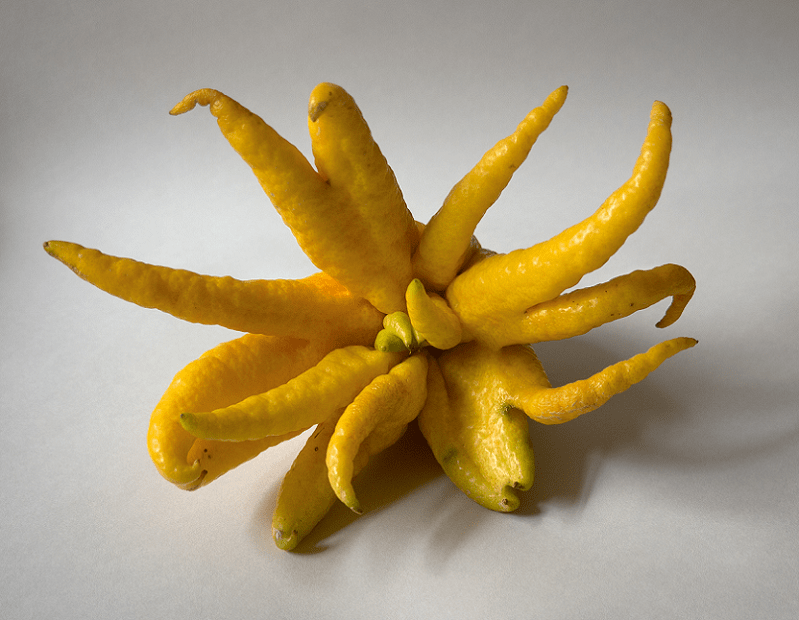
Fingered Citron Distribution, Habitat, and Ecology
The truly amazing citrus known as the Fingered Citron evolved as endemic to what now constitutes portions of northeastern India and China.
In its natural habitat, the rather exotic fruit generally grows in areas of dry evergreen forest, most commonly at higher elevations. In China, it also grows at altitudes of as much as 4,921 ft (1,500 m).
Unlike most citrus plants, this species produces its main crop in the winter. It will, however, continue to produce occasional fruit throughout the year.
It also remains very sensitive to extremes of weather conditions.
Species Sharing Its Range
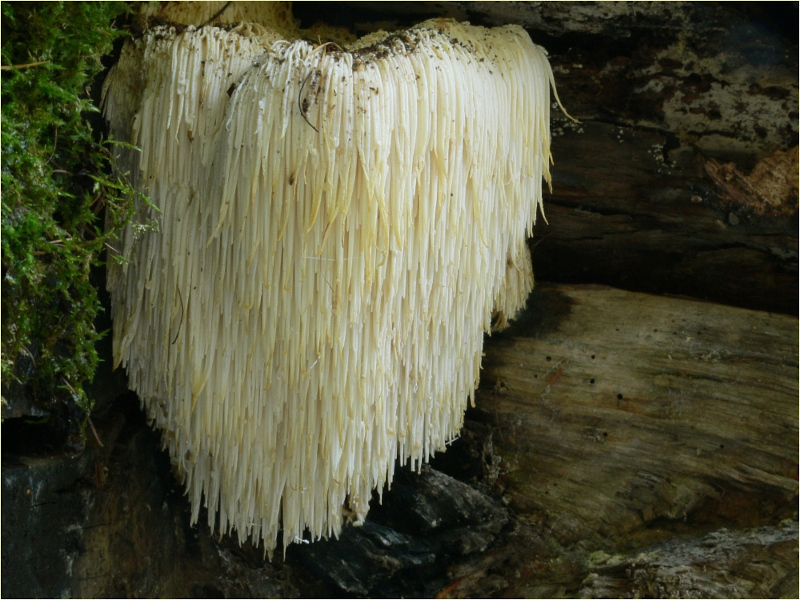
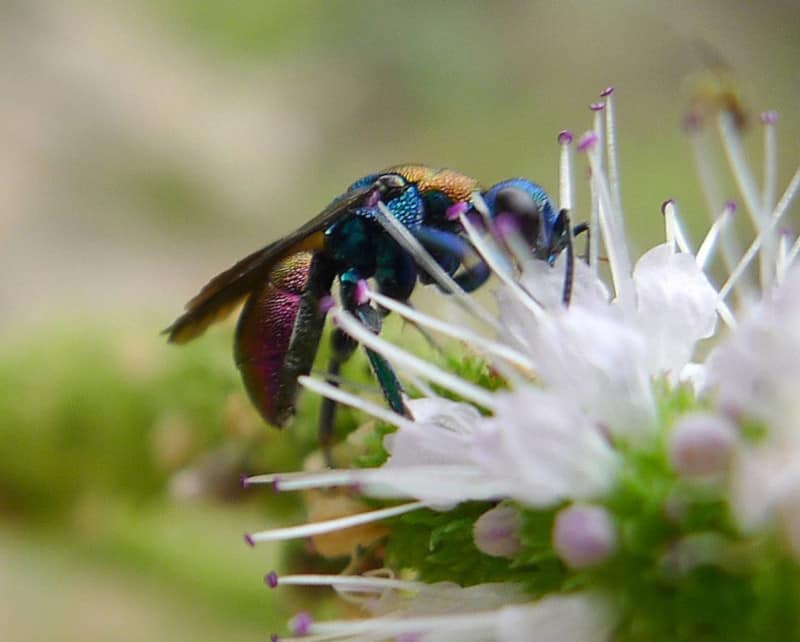
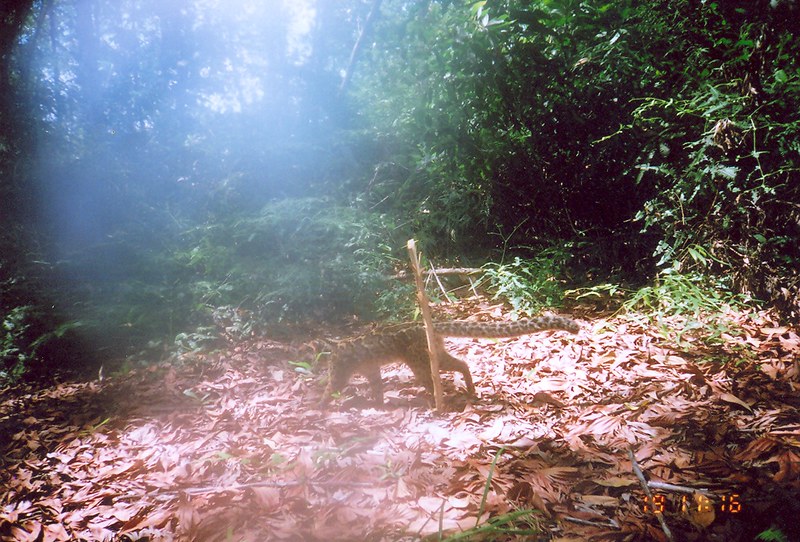
Check out our other articles on 7 Splendid Canary Islands Species, Texas Blind Salamander, Fraser Island, Blainville’s Beaked Whale, Maned Wolf, African Monarch, Lau Banded Iguana
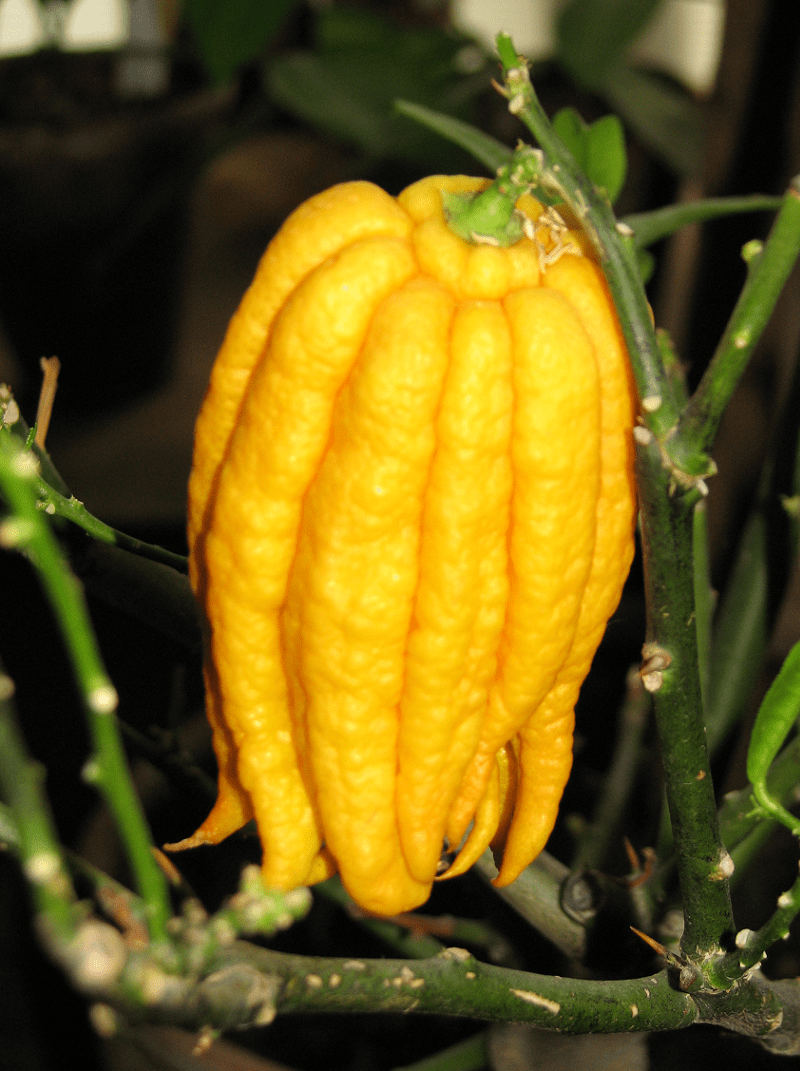
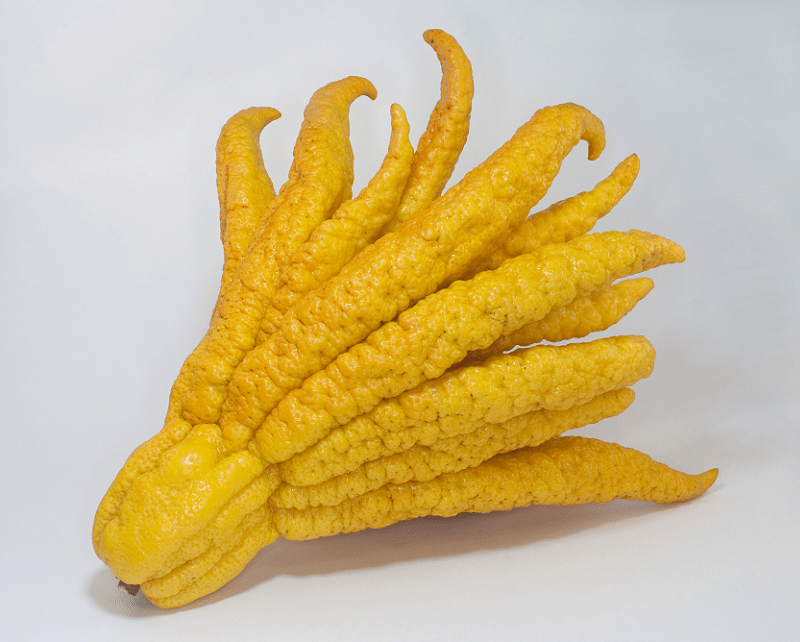









Leave a Reply